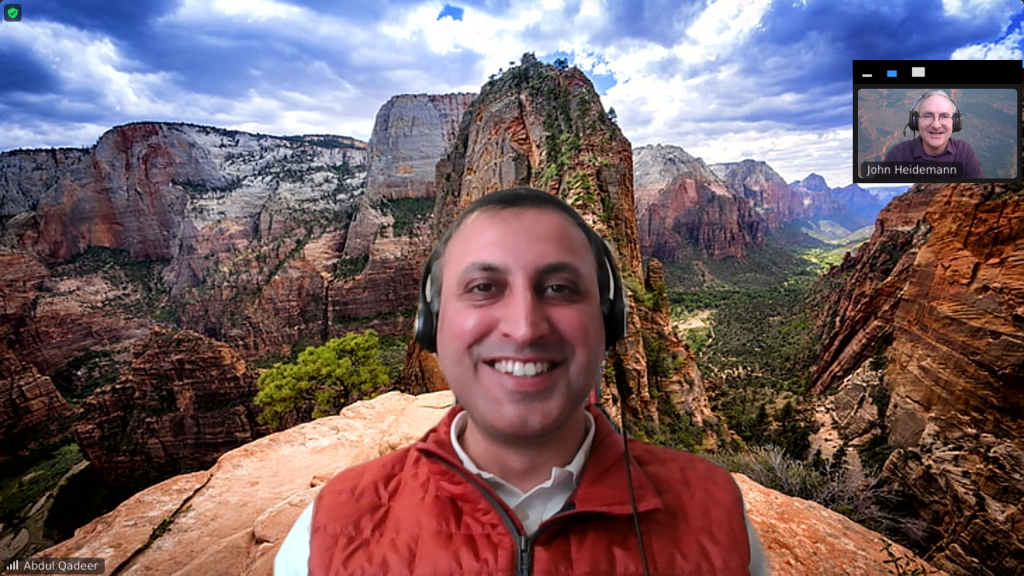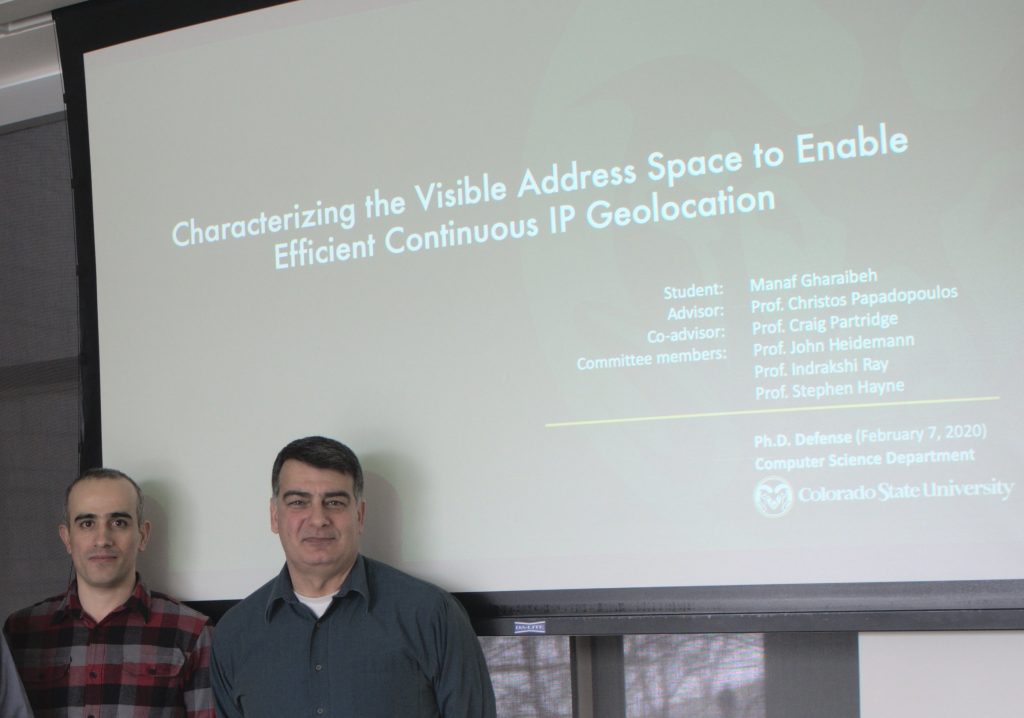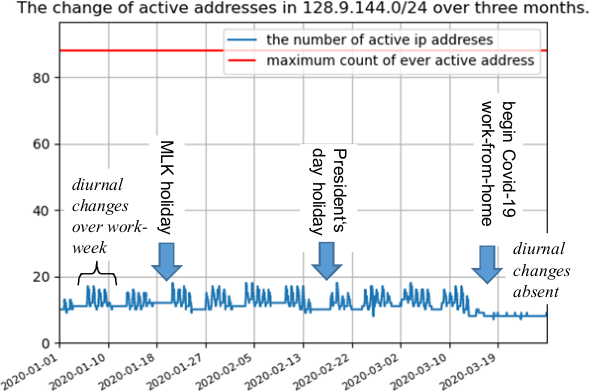On 2020-05-06, researchers at SIDN Labs, (the .nl registry), InternetNZ (the .nz registry) , and at the Information Science Institute at the University of Southern California publicly disclosed tsuNAME, a vulnerability in some DNS resolver software that can be weaponized to carry out DDoS attacks against authoritative DNS servers.
TsuNAME is a problem that results from cyclic dependencies in DNS records, where two NS records point at each other. We found that some recursive resolvers would follow this cycle, greatly amplifying an initial queries and stresses the authoritative servers providing those records.
Our technical report describes a tsuNAME related event observed in 2020 at the .nz authoritative servers, when two domains were misconfigured with cyclic dependencies. It caused the total traffic to growth by 50%. In the report, we show how an EU-based ccTLD experienced a 10x traffic growth due to cyclic dependent misconfigurations.
We refer DNS operators and developers to our security advisory that provides recommendations for how to mitigate or detect tsuNAME.
We have also created a tool, CycleHunter, for detecting cyclic dependencies in DNS zones. Following responsible disclosure practices, we provided operators and software vendors time to address the problem first. We are happy that Google public DNS and Cisco OpenDNS both took steps to protect their public resolvers, and that PowerDNS and NLnet have confirmed their current software is not affected.




